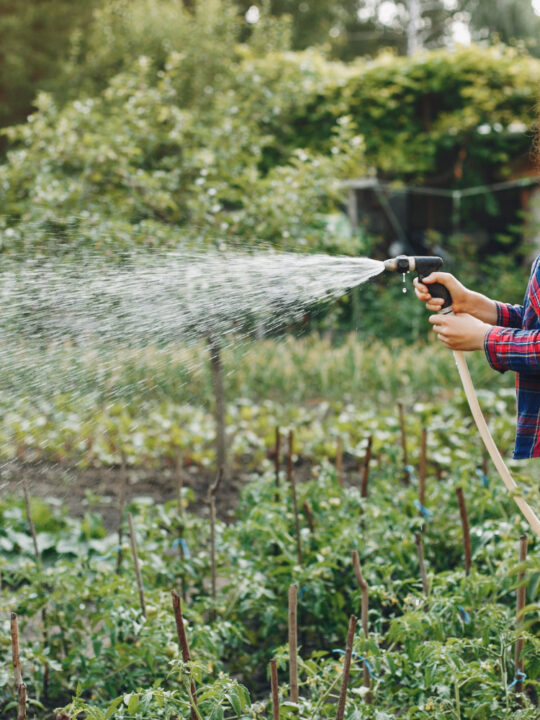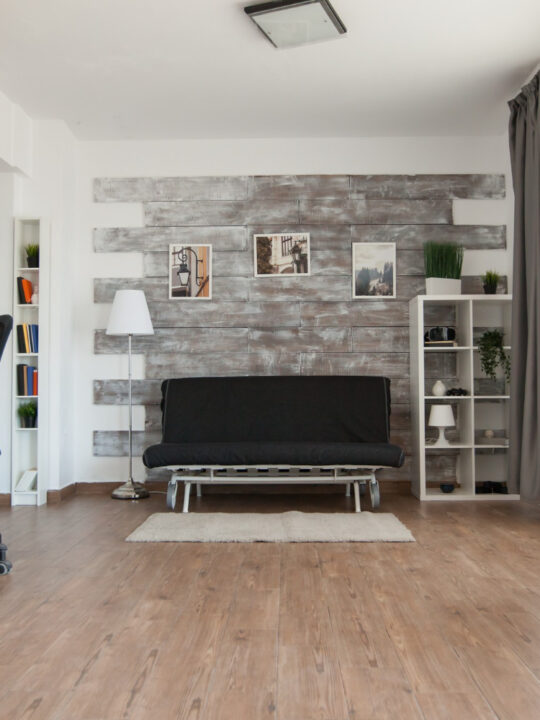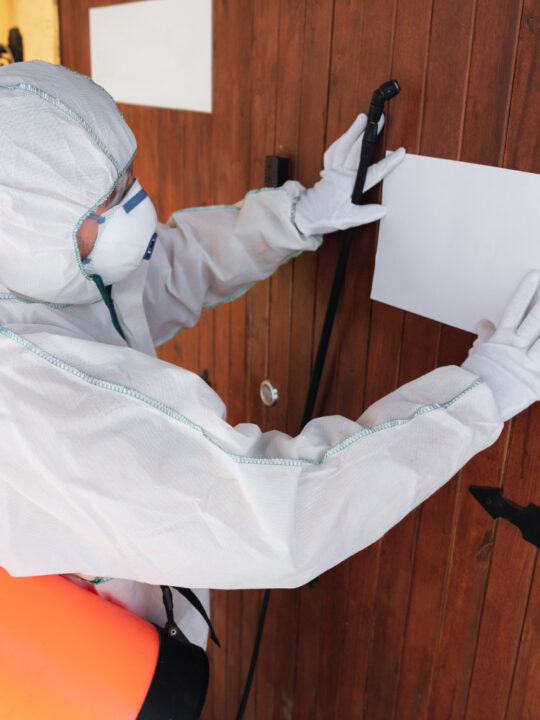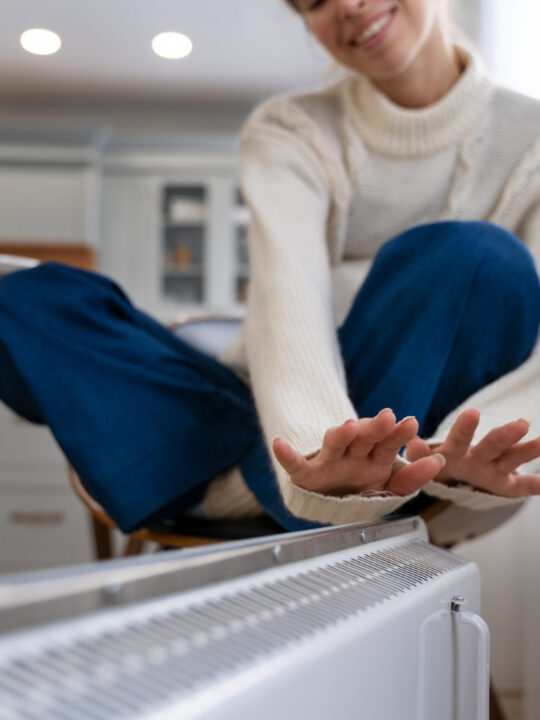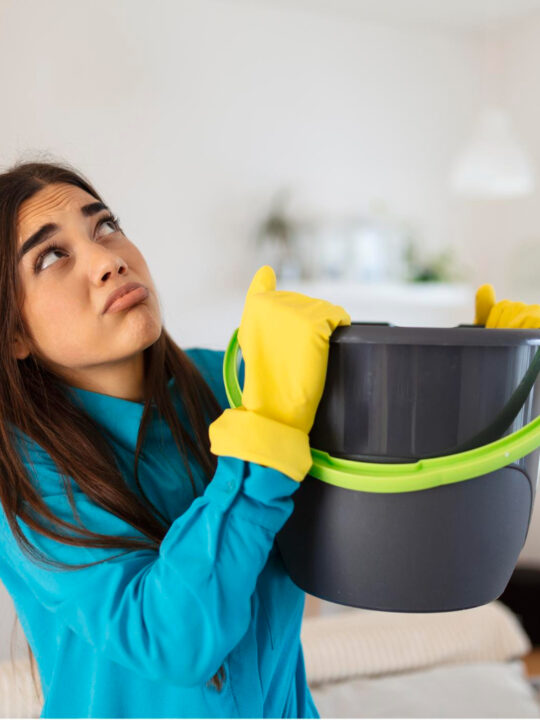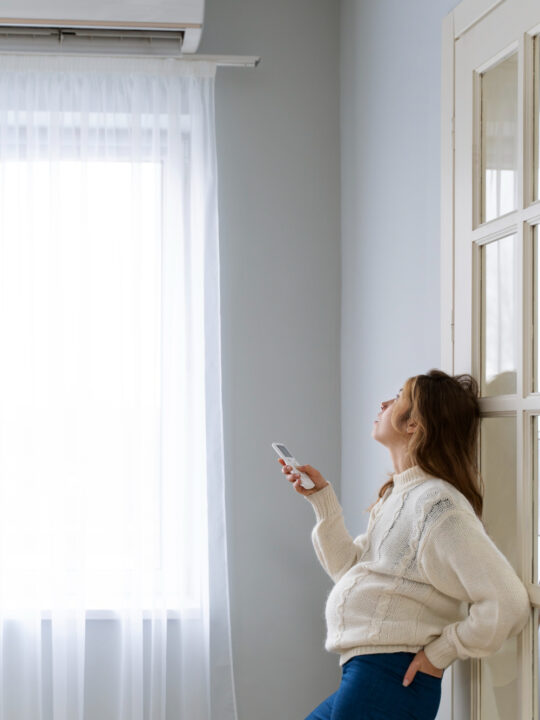 The saying goes, “The right wine is appropriate anytime.” While this is true, the only way to savor your precious vintages is if they are correctly stored.
The saying goes, “The right wine is appropriate anytime.” While this is true, the only way to savor your precious vintages is if they are correctly stored.
This can be said for regular storing, but it’s even more crucial when storing in a self-storage unit. After all, there are many things that wine collectors need to look out for when storing their wine.
For this reason, we’ve created this article to discuss everything there is to know about wine storage. We’ll explore the dos, don’ts, storage techniques, and more.
With that said, let’s get into it.
Table of Contents
- 1 Do: Opt for a Storage Unit That Is Climate Controlled
- 2 Do: Check for Any Signs of Spoilage
- 3 Do: Buy an Appropriate Storage System
- 4 Do: Ensure the Unit Is Free of Bugs
- 5 Don’t Store Your Wine Too Close to the Walls or Ceiling
- 6 Don’t Store Bottles in Direct Sunlight
- 7 Don’t Stack Heavy Bottles on Top of Each Other
- 8 Learn More About Wine Storage
Do: Opt for a Storage Unit That Is Climate Controlled
When storing wine in a storage unit, it is essential to opt for a unit that is climate controlled. It can maintain the warm and cool temperatures that wines need to develop their flavor. The ideal temperature to store wine is around 55 degrees Fahrenheit; the humidity should be about 50% to 70%.
To protect the wine against harsh elements, make sure that the unit you choose is insulated to prevent temperature fluctuations, which can ruin the taste of the wine. Also, brighter units with LED lights placed on the walls and ceilings can protect the wine from direct UV light, which can damage the flavor of a wine.
Do: Check for Any Signs of Spoilage
It is essential to check for signs of spoilage. Spoilage can occur due to improper ventilation, heat, light, and air humidity. Check for any visible signs of spoilage, such as mold, mildew, and leakage.
If you notice a musty odor or off-tasting wine, the wine has likely spoiled. Spoilage can also occur when temperatures fluctuate too often, so check the temperatures regularly within the storage unit and adjust as needed.
Do: Buy an Appropriate Storage System
Storing wine requires an appropriate system. Research before purchasing a storage system from vendors or online, like Apex Storage, is essential. Look for storage systems that are temperature- and humidity-controlled.
Buy a storage system to prevent the bottle’s labels from fading and being damaged due to light over time. A storage unit must also be designed to keep bottles on their sides, preventing the wine from touching the cork and slowing the aging process. Ensure all shelves are wide enough to secure the bottles.
Proper organization is critical; make sure to store labels facing outward so you can find the bottle you need. All these elements should be considered when buying an appropriate storage system.
Do: Ensure the Unit Is Free of Bugs
To keep bottles of wine safe, a pest-free environment is critical. Always check for any signs of a pest infestation, such as droppings or webbing.
Additionally, inspect around corners, gaps, and any small openings. If any pests are found, contact the storage facility immediately for fumigation.
Don’t Store Your Wine Too Close to the Walls or Ceiling
One important thing not to do is store the wine too close to the walls or ceiling. Wine requires a specific temperature and should not be exposed to exterior heat.
If the wine is too close to or touches the walls or ceiling, the external heat could affect the temperature of the wine, leading to its spoilage. Proper storage requires that the wine be stored away from the walls or ceiling, in a corner, or in the middle of the unit.
Don’t Store Bottles in Direct Sunlight
When storing wine in a storage unit, it is essential to remember to keep bottles out of direct sunlight. Direct sunlight can cause the wine to age too quickly, deteriorating the flavor, aroma, and color.
Additionally, prolonged exposure to UVA and UVB rays can cause oxidation of the wine and damage the acids, sugars, and other compounds that make up the flavor profile. If the storage unit is not climate-controlled, temperature fluctuations can cause corks to shrink and swell, leading to oxygen getting into the bottle and causing cork taint.
Store bottles away from windows, direct light sources, and exterior walls to protect your wine. Place them on shelves to cut contact with the floor. If you cannot create a dark environment in the storage unit, consider investing in a wine-cooling unit.
Don’t Stack Heavy Bottles on Top of Each Other
One of the more critical don’ts of storing wine in a storage unit is stacking heavy bottles on each other. Not only is this risky from a structural standpoint, as it can cause the wine bottles to crash to the ground and overturn, but it can also cause the sediment in the wine to become mixed up, ruining the flavor.
To avoid this situation, always store bottles horizontally, and if stacking them is necessary, try arranging them in a crisscross pattern or stacking boxes or trays between them. Another tip is to keep heavier bottles at the bottom of the stack. This will help reduce the chances of structural failure.
Learn More About Wine Storage
Understanding proper wine storage is essential to enjoy a great bottle of wine. Do use climate-controlled units and store bottles on their sides. Don’t expose to sunlight, high temperatures, humidity, or fluctuating temperatures.
With proper care, your wines should stay delicious from the cellar to your glass. To get started, contact a storage facility to learn more about their amenities and climate control services and get some tips on how to store wine.
Did you find this article helpful? Check out the rest of our blogs!
